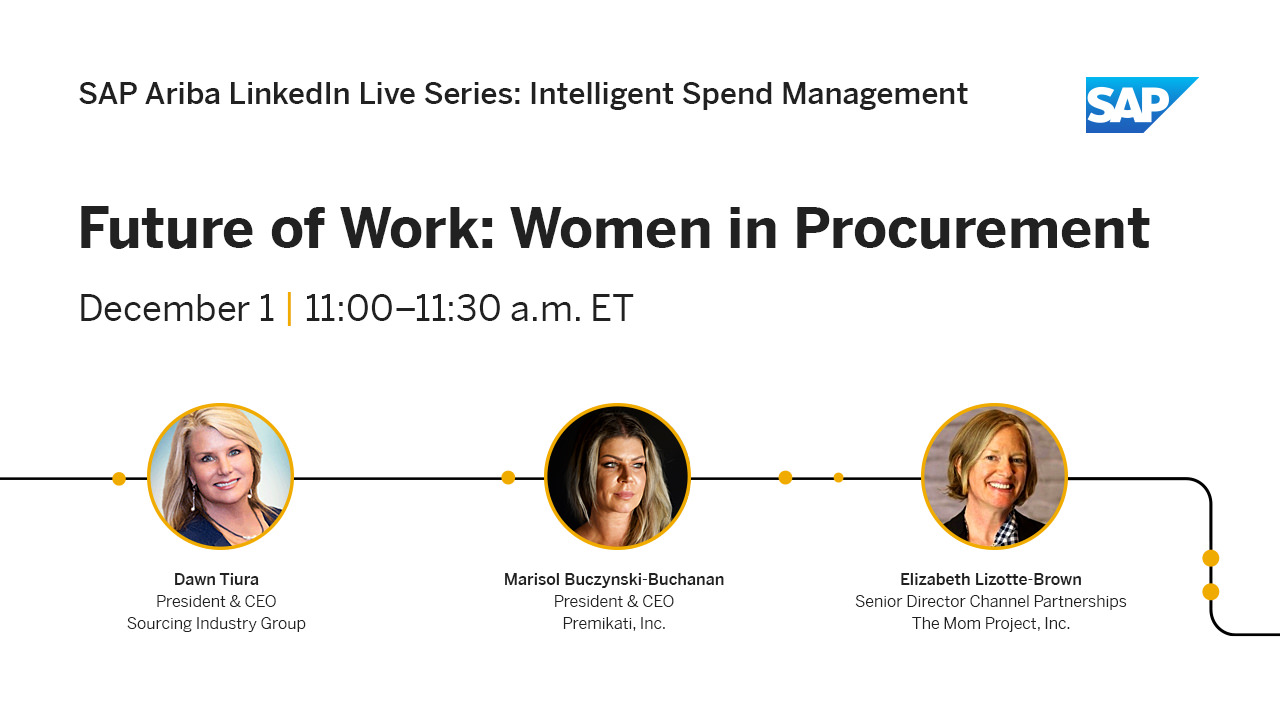Future Proof Your Supply Chain
Over the past two months, every government and healthcare facility around the world has worked tirelessly to learn more about COVID-19, to treat afflicted patients and most of all, to stop the spread. At the same time, global importers and exporters have also struggled with the pandemic’s unprecedented impact on their supply chains.
Even with the lessons we have learned from the SARS outbreak, or the Swine Flu outbreak, or the 2011 Fukushima tsunami, the logistics concerns and risk management strategies have been put to the test by COVID-19.
Given the scale of the pandemic, it is difficult to rush into the creation of a methodical supply chain. Nonetheless, staying ahead means taking the lessons learned and planning for a future with the possibility of similar incidents.
Invariably, toilet paper has been the one commercial product which everyone can tie to the global panic surrounding the coronavirus. You would think people would be buying pallets of hand wash, but it was oddly toilet paper. We’ve never seen so many news headlines about toilet paper in modern history.
Despite the illogical rush, many manufacturers did not halt their production and distribution of toilet paper. Yet, there are many other products with halted production due to supply chain disruptions. Now, toilet paper is widely available once again.
Still, with a deeply linked global supply chain, operating in tight margins, this is prime time for a significant reordering. The tissue hoarding is just one example.
As a result, it is never too soon to start planning for the next potential crisis. Not to mention, global economies will be in recovery mode for the foreseeable future. Even as nations open back up, things won’t bounce back to pre-pandemic levels just yet. If the recovery period is protracted, then it will require increased levels of coordination and orchestration.
The uncertainty is still here. But, with planning, you can help facilitate a more significant bounce back. In addition, the actions you take now will set the stage for sustained performance and growth once the pandemic is fully mitigated.
Implement risk management systems
Regardless of how great the current implications are, risk management is still a priority. The tools which should be in place include credit risk and supply risk. Think of the lessons you learned from the Great Recession in 2008 to get a sense of how to address client and supply-side credit risks. Keep things in balance without any overlap.
Increase visibility
One of the keys to supply chain recovery is by increasing visibility so that you can make data-driven decisions on a timely basis using real-time data. To achieve this, look at deploying control towers to send alerts, insights, and data. If you can put these types of control towers together quickly, even better. Utilize control towers powered by artificial intelligence and machine learning which provide advanced analytics.
Next, you want to look at your direct and indirect supplier base and identify areas with increased levels of supply chain risk. Review your KPIs throughout your extended supply network, contracts, bottlenecks, stock-outs, and overall performance with the objective of working towards better synchronization.
Then, improve real-time visibility around order fulfillment while looking for areas prime for improvement such as better delivery estimates or improving expectations around product availability to even accessing inventory outside of primary fulfillment centers.
It’s also extremely important to have better visibility around the logistics infrastructure, backlogs, delays, capacity constraints, inventory levels, and the material flows. Figure out where you can improve customer service through these processes.
Further, take a look at your factories and expectations around any supplier constraints of inbound materials along with the quality of materials. How are asset utilization and labor scheduling affected by COVID-19? What is production like across various facilities? Are their quality control issues? Can you make use of advanced algorithms to address inbound quality issues, as well as finished goods quality issues moving forward?
Analyze your supply chain infrastructure and design
Before the pandemic, most organizations worked with the assumption that raw materials were always readily available and accessible for global production. It seemed a one-size-fits-all supply chain perspective. Although, COVID-19 has thrown a wrench in this philosophy.
So then, instead of continuing to use static operational systems, look at dynamic distribution capacity. Find local supply sources in all of your major markets. Stop relying on single sourcing. Even if single sourcing has kept costs low, we are living and will live in a different world after the pandemic.
Research suppliers in local markets in the event you need to have a secondary source. As a result, you can diversify your supply chain and rely on more dynamic distribution.
As you can see, the only thing you can rely on is change.
Break up your supply chain. If your supply chain is too long, you can expect larger issues. Take the toilet paper example again. Production has continued, but store shelves remained empty because brand owners were not getting replenishment alerts fast enough even though they normally sit on at least two weeks of inventory. If there are a larger number of nodes affected, then the bullwhip effect comes into play with distorted signals and an increase in demand error.
Separate fact from fiction
Right now, your supply chain may be experiencing the bullwhip effect of unpredictable buyer behavior, such as the run on toilet paper and related products such as flushable wipes. Or, the panic-buying of staple items such as rice and beans, disinfectants, and medicines. There is a known-unknown matrix in the pandemic scenario. But, it’s still vital to separate fact from fiction, don’t make assumptions.
Increase agility around evolving customer demands
Manufacturers could not immediately respond to the toilet tissue shortages because they do not rely on shelf signals. At the same time, demand for luxury items tumbled. The COVID-19 pandemic has made the estimation of final customer demand more challenging but also more significant.
Figure out if the demand signals you get are coming from your direct customers, and if they reflect the pandemic uncertainties. Create a demand-planning team, using analytical tools, to ensure you have a dependable demand signal to ensure you are providing adequate supply.
In addition, use marketing insights, databases, and customer communication platforms to better understand the demand straight from your client’s customers. If data sources are limited, then use direct communication channels to plug the discrepancies. Furthermore, use stringent processes that can quickly adapt to evolving scenarios. Remember to do the following:
- Create an accurate demand-forecast strategy
- Incorporate market intelligence
- Use analytical forecasting tools
- Create a dynamic monitoring system that facilitates quick mitigation of forecasting errors
Many customers were buying based on shortage predictions. If needed, decrease the size of the orders, but make them more frequent to ensure a higher level of agility when needed and the ability to manage the highs and lows of varying demand.
Optimize both production and distribution
It’s crucial to employ scenario analysis to detect various production scenarios for understanding their operational and financial implications. And then, production should begin by making sure your employees are safe, offering the option for remote work if possible, and listening to your employees’ concerns.
Plus, scenario planning is crucial to determine the implications of a long-term shutdown. How will this affect available capacity and current inventory levels? Figure out which products are the highest in demand – strategically – taking into consideration that health and human safety are at the forefront of customers’ minds.
Further, how will these current implications impact future recovery? Draw a more comprehensive analysis with input from strategy staff, marketing, sales, and operations to contribute to macroeconomic forecasts. By taking these types of actions, you can better align production and supply chain with the expected demand – depending on the circumstances.
Improve deployment of dynamic inventory
For the most part, companies often have a primary distribution center to serve its customers. Then, historical demand data is used to optimize the network. So then, customers get the products they want, when they want them. But, the pandemic environment is anything but normal with much higher supply-side volatility and surging demand for certain types of products.
As the economy rebounds, there will be inventory imbalances present throughout the network. As a result, consider alternative routes to secure your logistics capacity. Regions will emerge from quarantine piecemeal, which means that there will be an irregular supply chain for an extended period of time. Think of how you can diversify your distribution networks and how to address regional availability. Create alternative distribution centers now.
In conclusion
Take notes from corporate investors who have been working on reducing their stock portfolio volatility and re-evaluate cumbersome overseas supply chains. Whether we are facing a pandemic, or a trade war, organizations in every sector must work at improving supply chain risk.
The only way to mitigate the impact of unpredictable pandemics is with thorough preparation. Even before the next crisis occurs, your contingencies should already be in place. The recovery may be V-shaped, or it could take longer and resemble a L-or-U shape. Still, recovery is coming. In the meantime, this is the word of the day: Diversification.










